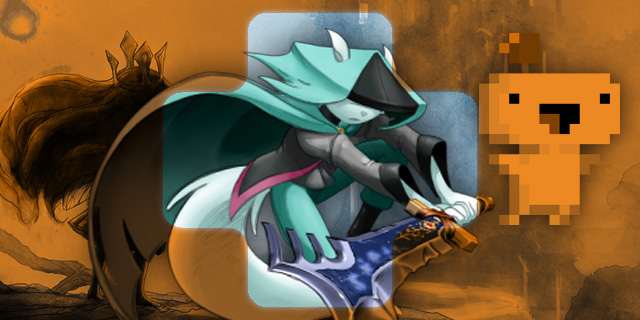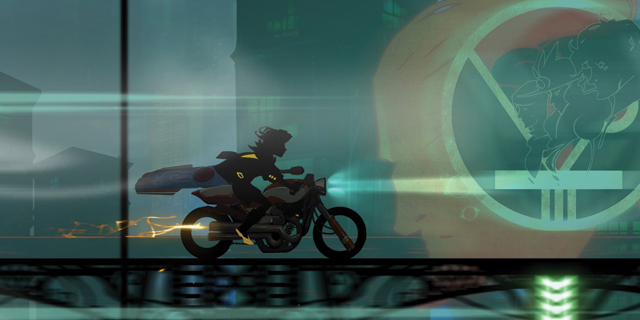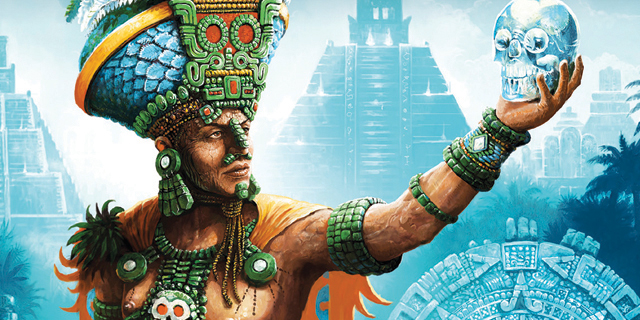
Ubisoft’s new open-world action game, Watch Dogs, has generated a lot of buzz in the two years since its initial reveal. Originally positioned as one of the first (if not the first) big titles for the next generation of game consoles, it has drawn the focus on many, even months after its initial delay. It’s almost impossible to live up to those expectations, yet Ubisoft has tried its best to make it stand out among a sea of similar, well-liked games.
READ MORE

I often hear from some people that a game’s visuals are less important in the grand scheme of things. They don’t matter as long as the game is engaging or enjoyable in some regard. I once believed this, falling behind the same lazy credence when discussing certain titles. Nowadays, I find this belief silly. A game’s visual style can draw you into its world immediately almost as quickly as it can keep you away. It’s the most obvious thing, and yet it seems rarely discussed.
Games are praised for their visuals, sure, but an amazing, well-established art style can go a long way. Sometimes we tend to forget that.
READ MORE

Supergiant Games practically came out of nowhere with 2011 indie darling Bastion, cementing its status as a studio to pay attention to in the coming years. Finally, after over a year of anticipation, its follow-up, Transistor, arrives. Looking at it from a distance, you could easily tell it’s a game from the team behind Bastion, yet it manages to stand apart from Supergiant’s initial release in some unique ways.
READ MORE

In the early ’80s the home computer market flourished, with dozens of machines from myriad manufacturers, each with unique hardware gimmicks and software libraries. It was the Wild West of computing, seeing rapid expansion alongside a total lack of order. Big names like Atari, Commodore, Sinclair and IBM made their mark on the fledgling market in this era, competing to prove who had the machine with the most muscle.
One benchmark with which they could measure their computers’ strengths was gaming. READ MORE

The whole “Mayan Calendar” doomsday scenario of late 2012 was an amusing, if ultimately pointless, event that will largely vanish into memory as time passes. For board game fans, however, it will forever be immortalized by the brilliant Tzolk’in: The Mayan Calendar, designed by Italian Daniele Tascani with help from fellow countryman Simone Luciani. Tzolk’in appeared on a truly impressive number of year’s best lists from late 2012 to early 2014, winning a half-dozen awards and nominated for at least twice as many more in that span. READ MORE
























